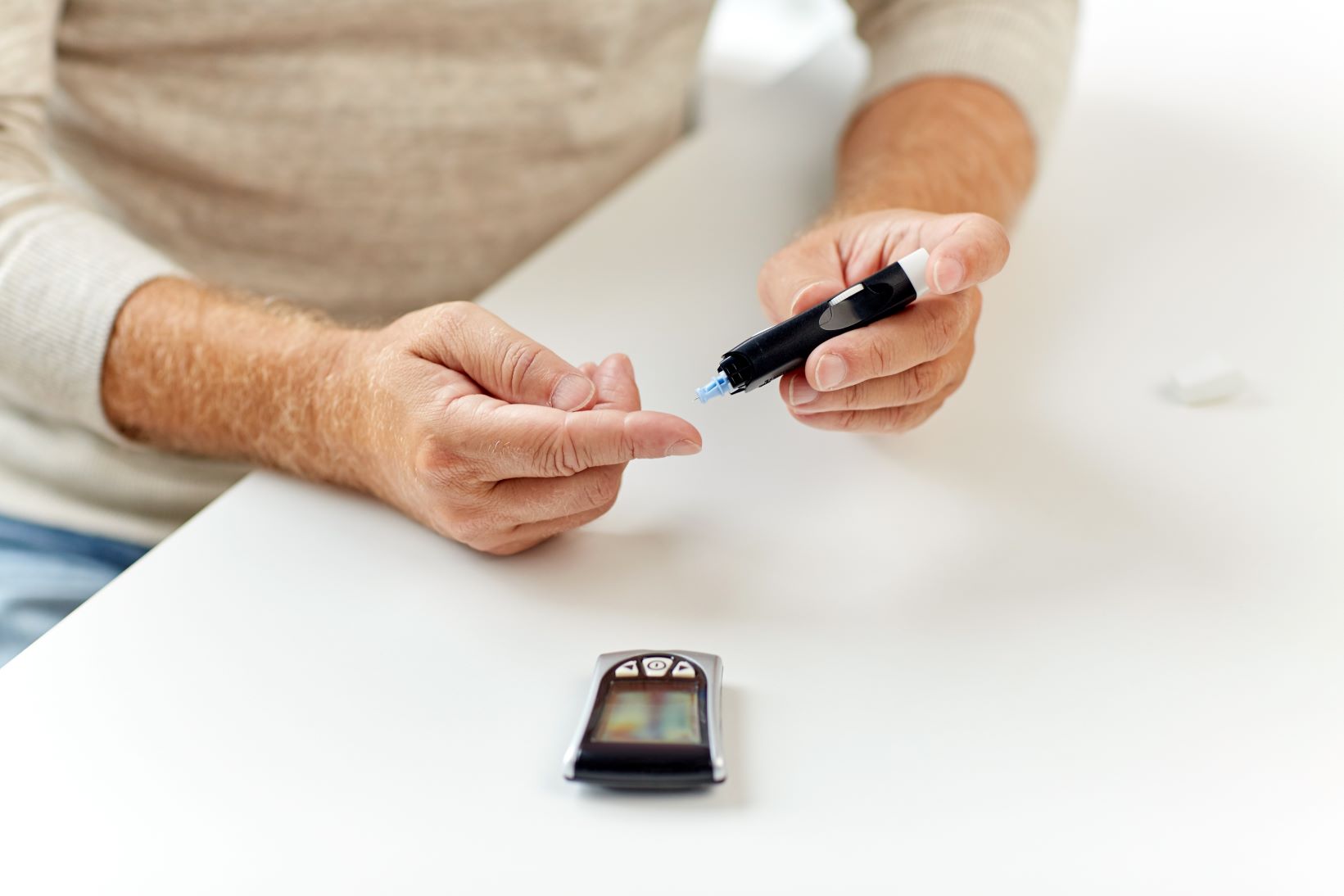15 tips for diabetes foot care


When you have diabetes, it’s important to take good care of your feet, as you’re more vulnerable to foot problems because diabetes can damage your nerves and reduce blood flow to your feet. To ensure the best foot health, Certified Diabetes Foot Specialist and Medtronic Diabetes Clinical Manager, Tasha Kennon, RN, BS, CDE, shares 15 diabetes foot care tips to follow for lasting healthy, happy feet.
It’s approaching that time of the year to pull out the swim suits and flip flops, and many of you will be preparing to be poolside or at the beach. But before putting those toes in the sand, stop to think about foot safety with diabetes first.
As a person with diabetes, you may be at greater risk of injury and infection to your feet, due to nerve damage and reduced blood flow. The American Diabetes Association (ADA) estimates that one in five people with diabetes seek hospital care for foot problems and injuries. With these increased risks, small injuries can turn into even larger complications. For example, you can develop a sore or a blister that could possibly lead to an infection, and be at increased risk of losing a toe, your foot or even your leg.
Here are some helpful diabetes foot care tips to keep those feet and toes healthy during warmer weather and year round:
Routines
- Check your feet daily, looking for any redness, swelling, blisters, cuts, or soreness. If you can't see the bottom of your feet, use a mirror or ask someone to help.
- Wash your feet daily. Dry them thoroughly, especially between the toes.
- Walk frequently, and be more active. Speak to your healthcare team about the proper amount of exercise.
- Have your toenails trimmed by a professional unless you can adequately see and reach them. If you can see and reach your toenails, trim them when needed straight across without cutting them too short. File the edges with an emery board or nail file.
- When using lotions to the feet, always apply a thin coat and avoid the area between the toes.
- Visit a foot care specialist or Podiatrist once or twice a year for a thorough exam.
Footwear
- Never walk barefoot, even on the beach.
- Wear comfortable shoes that fit well and protect your feet.
- Ask your healthcare provider about diabetic shoe coverage. Having properly fitting shoes will decrease the risk of complications.
- Check inside your shoes before wearing them. Make sure the lining is smooth and there are no objects inside.
Prevention
- Avoid extreme temperatures to the bottoms of your feet. Protect them from hot and cold temperatures. Don't put your feet into hot water. Always test the water before putting your feet in it just as you would before bathing a baby. Never use hot water bottles, heating pads, or electric blankets. You can burn your feet without realizing it.
- Avoid crossing your legs. When seated, wiggle your toes and move your feet around. Elevate feet when sitting if you are prone to swelling of the feet and ankles.
- Avoid smoking, as smoking increases the risk of long term complications.
- Seek the assistance of a podiatrist or foot care specialist if you develop corns, calluses, ingrown nails or other worrisome foot care related issues.
- Most importantly, take care of your diabetes. Work with your healthcare team to keep your blood glucose within target range, and keep your A1c within normal limits.
Make checking your feet part of your daily routine. Setting aside a small amount of time each day to properly check out your feet is a must.
Remember: Healthy Feet are Happy Feet!



